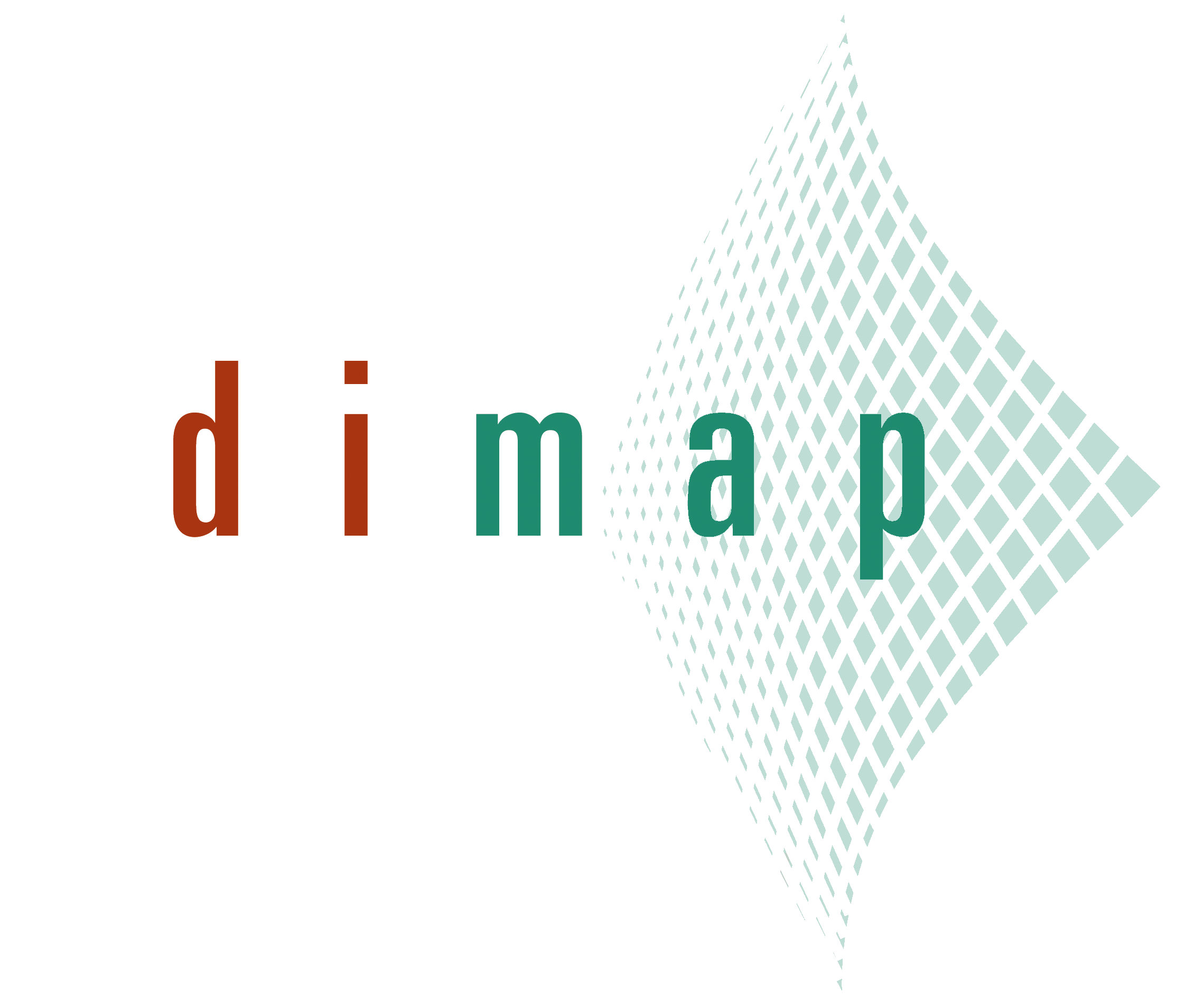Case Studies Forestry and Urban Tree Management projects
Rainforest Mapping – Malaysia
Objective of the Project:
A block of 20 sqkm of indigenous rainforest in peninsula Malaysia was mapped using full waveform Lidar and VNIR Hyperspectral sensor to identify individual tree species and demonstrate the usability of the technology for forestry taxation and management of complex rainforests.
Technical Solution:
The area was flown using a Eurocopter 135 equipped with full waveform Lidar, digital camera, and VNIR Hyperspectral sensor. The points density for the Lidar data was better than 20 pts/sqm while the resolution of the VNIR Hyperspectral data was 0.3m with 160 bands. The raw VNIR data showed the vibration of the helicopter but after applying the orthorectification with Parge these effects were eliminated.
All data were processed, mosaicked, and further analyzed.
Achievements:
The collected data were processed within 10 days to a complete dataset for further analysis.
The results can be summarized as follows:
- Due to the extremely dense forest and the wet underground less than 3% of all Lidar strikes reached the ground. Therefore the ground classification of the data was problematic but is enough for a vegetation height classification.
- The processing of the DSM allowed the generation of a vegetation height layer, which is with 0.5m resolution suitable for surveying top and second strata trees.
- Further detailed structural analysis using the Full Waveform and Synthetic Waveforms allows details for the structural analysis of the lower strata.
- The high-resolution Hyperspectral data in fusion with the point cloud allows the discrimination of individual trees and species in the top two strata. The collection of ground sample data can be reduced by collecting data over an area with a known tree cadastre and an in-scene library generation. The detection rate for individual trees is better than 80% in the mixed rainforest.
- The resolution of 0.3m allows also the detection of parasites and epiphytes.
- The dataset supports the calculation of 20 established broad- and narrow-band vegetation indices to identify the health status and phytopathological parameters of the individual trees.
- Based on the fusion between Lidar and hyperspectral data are for the main strata and dominant species as well as basic taxation parameters like biomass, canopy diameter, and height the resulting stem estimations possible.

Figure 4: Tree heights based on Lidar data and 0.5m DSM


Figure 5: Hyperspectral radiance data set of rainforest (as RGB) and spectra of different objects.


Figure 6: 2m cross section through river bank and rain forest. Figure 7: Visualisation of different tree species based on spectral signature.

Figure 8: Red edge vegetation index as an example of recording physiological parameters including the tree height based on the lidar data and a combined automatic tree detection.

Figure 9: Uncalibrated biomass based on a synthetic waveform showing along the river increased forestry structures.
All copyrights with Dimap – 2014
